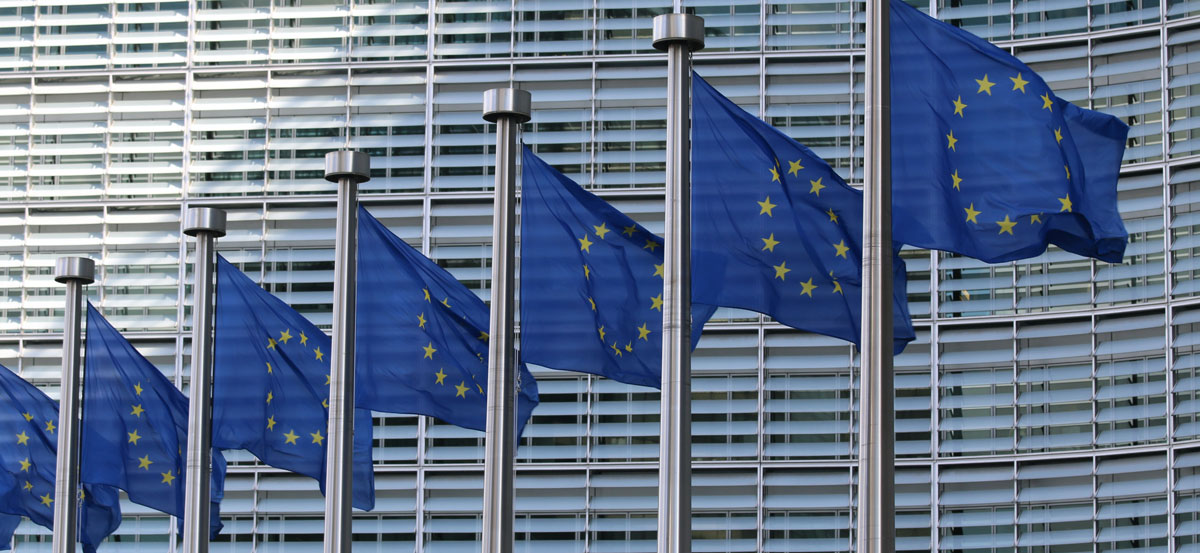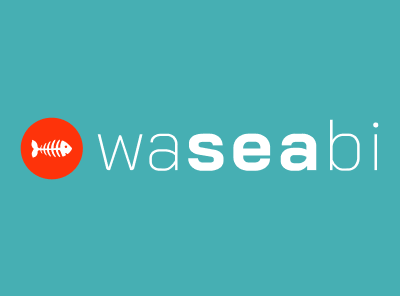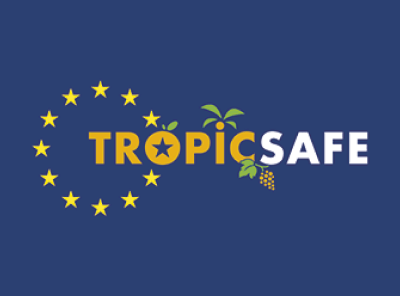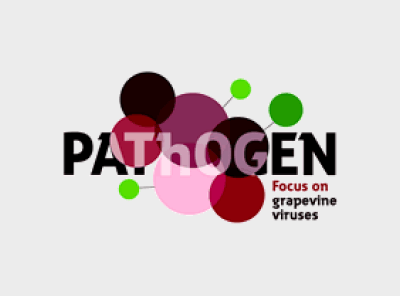EU-funded Projects
IP and Exploitation Management in EU-funded Research Projects

IP and Exploitation Management in EU-funded Research Projects
What research results are protectable by IP? What are possible and suitable exploitation strategies? How can we evaluate and validate collaborative project outcomes and what can be an appropriate business strategy?
Supporting and guiding participants of collaborative research projects regarding exploitation, innovation, and IP related issues throughout the lifecycle of their project. Identifying and capturing protectable project results and drafting comprehensive IP and exploitation plans. Profit from a network of IP and exploitation professionals for different kind of problem-solving, in order to maximize the impact of your project outcomes.
IP & exploitation support in EU-funded projects

Project Start
Identification of the intellectual property needed to carry out the project. This includes the pre-existing know-how and intellectual property of future project partners, as well as any necessary third party intellectual property.
Strategic approach to define and analyse the existing IP background brought to the R&D cooperation.
Initial analysis of the patent landscape and other relevant IP rights.
Define opportunities and risks of knowledge sharing with consortium partners.
Checking whether relevant standards are relevant.
During the project
Establishing systems to capture results.
Analysis of IP protection methods (e.g. patents, copyrights, trade secrets, defensive publications, etc.).
Definition of IP strategies.
Identification of possible complementary methods of IP protection.



